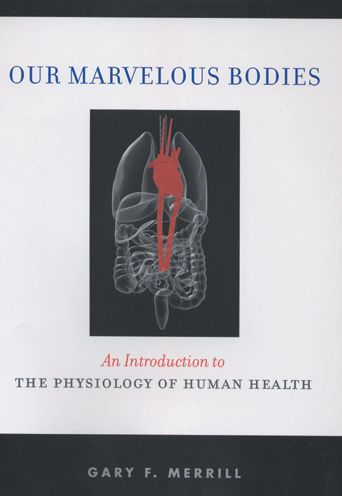5
1
9780813542812



Our Marvelous Bodies: An Introduction to the Physiology of Human Health / Edition 1 available in Hardcover, eBook

Our Marvelous Bodies: An Introduction to the Physiology of Human Health / Edition 1
- ISBN-10:
- 0813542812
- ISBN-13:
- 9780813542812
- Pub. Date:
- 03/07/2008
- Publisher:
- Rutgers University Press
- ISBN-10:
- 0813542812
- ISBN-13:
- 9780813542812
- Pub. Date:
- 03/07/2008
- Publisher:
- Rutgers University Press

Our Marvelous Bodies: An Introduction to the Physiology of Human Health / Edition 1
$61.95
Current price is , Original price is $61.95. You
61.95
In Stock

Product Details
| ISBN-13: | 9780813542812 |
|---|---|
| Publisher: | Rutgers University Press |
| Publication date: | 03/07/2008 |
| Edition description: | New Edition |
| Pages: | 240 |
| Product dimensions: | 6.00(w) x 9.00(h) x 1.00(d) |
About the Author
From the B&N Reads Blog
